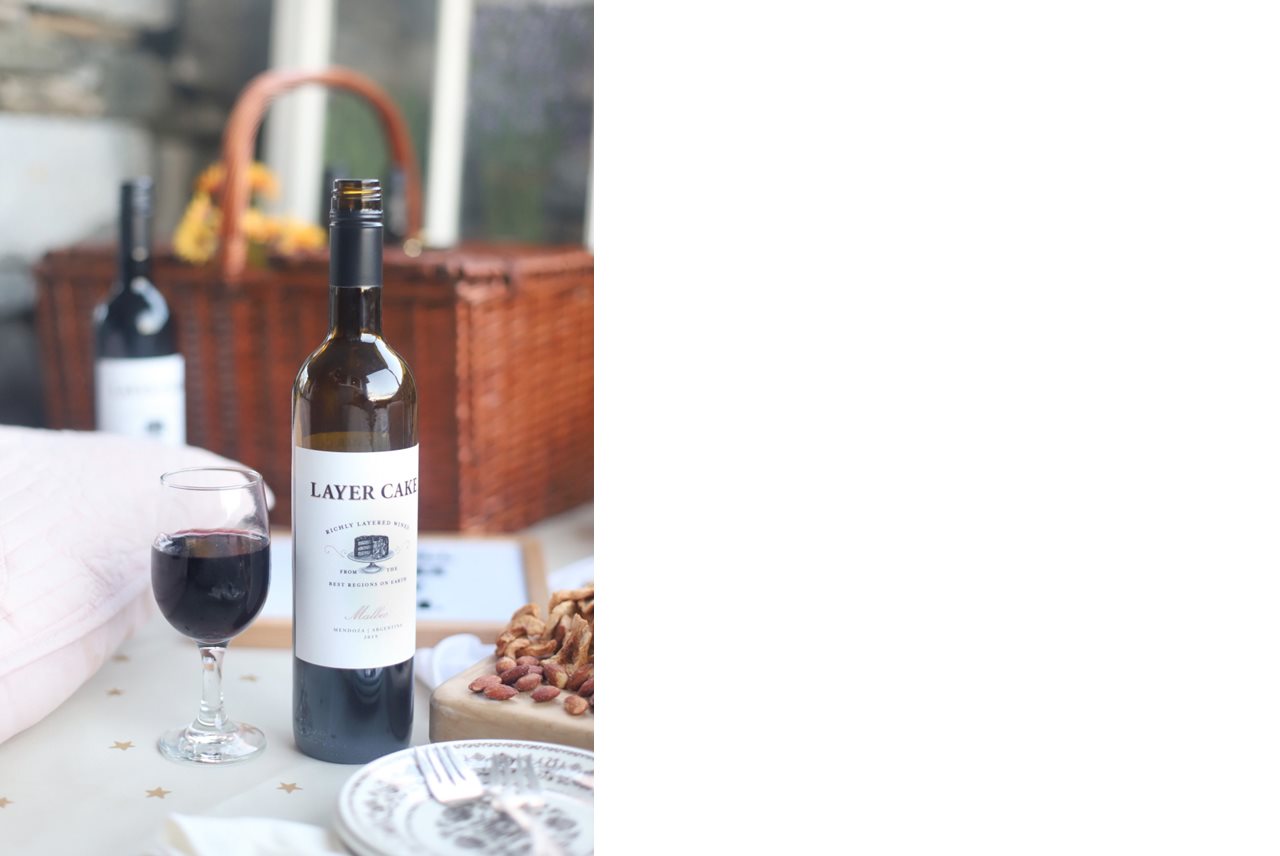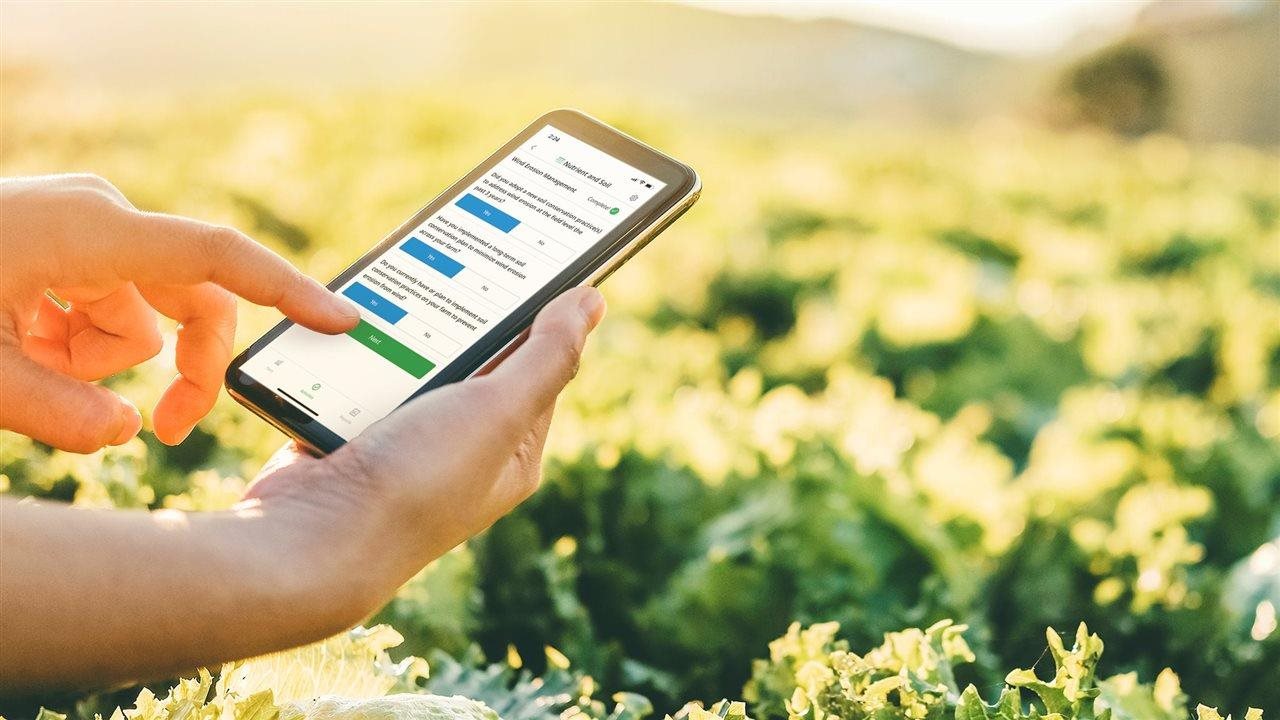2022-11-14T06:01:00
(BPT) – Sponsored by Lilly USA, LLC
Friends and family in our lives play a significant role in shaping who we are. They are the people we trust, love most and find comfort in when times grow challenging. With a chronic disease, a reliable support network becomes more important than ever. Many lean on their partners for support throughout their diagnosis and treatment journey.
Psoriasis, a common chronic autoimmune disease that affects the skin, impacts more than 125 million people globally. The most common form of psoriasis, plaque psoriasis, presents as red and inflamed patches covered by white scales.
Eddie, a born-and-raised New Yorker, is one of many people impacted by moderate-to-severe plaque psoriasis, and he understands the impact his disease has on his partner, Nick. Having a support system plays an integral part in staying positive. “Nick heard me talk about how the plaques looked and felt, but he could never really know what it was like to go through what I was going through.”
According to the National Psoriasis Foundation, having a chronic disease such as psoriasis can make it challenging for both care partners and the person who has the disease. It may be difficult to talk to your partner, friends and family about your psoriasis and how it affects your life, but the organization recommends not avoiding these conversations.
Eddie has a long history of physical symptoms from his psoriasis. His partner, Nick, recounts days when Eddie’s plaques were flaky, which made Eddie feel embarrassed enough to want to cover his skin.
After trying many over-the-counter creams and steroids, Eddie found a dermatologist who recommended Taltz® (ixekizumab) injection 80 mg/mL, which resulted in rapid relief from his bothersome symptoms and total clearance of the plaques on his skin.* Thanks to Taltz, Eddie’s skin is clearer and he’s focusing on what matters: friends, family and Nick.
Taltz is a prescription medicine for people six years of age and older with moderate-to-severe plaque psoriasis who may benefit from taking injections or pills (systemic therapy) or treatment using ultraviolet or UV light (phototherapy). Taltz affects the immune system. It may increase your risk of infections, which can be serious. Do not use Taltz if you have any symptoms of infection, unless your doctor tells you to. If you have a symptom after starting Taltz, call your doctor right away. Learn more about patients like Eddie and their experiences with Taltz.
*This article represents Eddie’s personal experiences. While Eddie saw complete clearance with Taltz, individual results may vary. In clinical trials, at 12 weeks, up to 90 percent of people saw a significant improvement of their psoriasis plaques, and four out of ten people achieved completely clear skin.
Do’s and Don’ts For Psoriasis Caretakers From Eddie and Nick’s Perspective
From the perspective of a partner and caretaker, here are some suggestions to consider when caring for someone with a chronic disease:
- DO have an understanding of the disease
Having a strong understanding of your partner’s chronic condition is invaluable to support your loved one. For helpful resources and to learn more about psoriasis, visit The National Psoriasis Foundation and Taltz.com.
- DON’T push too hard for information or give unwanted advice
It’s important to respect your partner’s feelings and decisions regarding their disease journey. Eddie shares, “Until you deal with it, you don’t know what it’s like.” Be sure to honor boundaries and keep your distance when asked.
- DO listen to what they are telling you
As a caretaker, Nick notes, “It’s important to understand why your loved one is feeling the way they are and to comfort them as much as you can, even knowing that there’s nothing you can do physically to remedy the disease.” However, listening entails more than hearing their words. It also involves picking up on their behavioral changes and paying attention to their actions so you can best support them.
- DO check in to see if you are giving the support they need
Being a caretaker is not one-size-fits-all. Communicate with your partner to ensure you are providing the type of support they desire.
- DON’T forget to take care of yourself
Taking care of your own mental and physical wellbeing is just as important as caring for your partner. Focusing on yourself on a consistent basis puts you in the best position to be a helpful and productive caretaker for your loved one.
Ask your doctor about treatment options like Taltz
Eddie recommends talking to your doctor about available treatment options, including Taltz, if you are living with psoriasis and hoping for complete skin clearance.
If you have moderate-to-severe plaque psoriasis, talk to your doctor about Taltz to see if it could be the right treatment for you.
Eddie and Nick were compensated for their time to provide insights on this topic.
INDICATIONS AND SAFETY SUMMARY
Taltz® (tol-ts) is an injectable medicine used to treat:
- People 6 years of age and older with moderate to severe plaque psoriasis who may benefit from taking injections or pills (systemic therapy) or treatment using ultraviolet or UV light (phototherapy).
- Adults with active psoriatic arthritis.
- Adults with active ankylosing spondylitis.
- Adults with active non-radiographic axial spondyloarthritis with objective signs of inflammation.
It is not known if Taltz is safe and effective in children for conditions other than plaque psoriasis or in children under 6 years of age.
Warnings – Taltz affects the immune system. It may increase your risk of infections, which can be serious. Do not use Taltz if you have any symptoms of infection, unless your doctor tells you to. If you have a symptom after starting Taltz, call your doctor right away.
Your doctor should check you for tuberculosis (TB) before you start Taltz, and watch you closely for signs of TB during and after treatment with Taltz. If you have TB, or had it in the past, your doctor may treat you for it before you start Taltz.
Do not use Taltz if you have had a serious allergic reaction to ixekizumab or any other ingredient in Taltz, such as: swelling of your eyelids, lips, mouth, tongue or throat, trouble breathing, feeling faint, throat or chest tightness, or skin rash. Get emergency help right away if you have any of these reactions. See the Medication Guide that comes with Taltz for a list of ingredients.
Crohn’s disease or ulcerative colitis (inflammatory bowel disease) can start or get worse with Taltz use. Tell your doctor if you have any of these symptoms or if they get worse: stomach pain, diarrhea, and weight loss.
You should not get live vaccines while taking Taltz. You should get the vaccines you need before you start Taltz.
Common side effects
The most common side effects of Taltz include:
- Injection site reactions
-
Nausea
|
- Upper respiratory infections
- Fungal skin infections
|
Tell your doctor if you have any side effects. You can report side effects at 1-800-FDA-1088 or www.fda.gov/medwatch.
Before using
Before you use Taltz, review these questions with your doctor:
- Are you being treated for an infection?
- Do you have an infection that does not go away or keeps coming back?
- Do you have TB or have you been in close contact with someone with TB?
- Do you have possible symptoms of an infection such as fever, cough, sores, diarrhea, or other symptoms? Ask your doctor about other possible symptoms.
- Do you have Crohn’s disease or ulcerative colitis?
Tell your doctor if:
- You need any vaccines or have had one recently.
- You take prescription or over-the-counter medicines, vitamins, or herbal supplements.
- You are pregnant or planning to become pregnant. It is not known if Taltz can harm an unborn baby. Pregnancy Exposure Registry: There is a pregnancy registry to collect information about women who are exposed to Taltz during pregnancy. The purpose of this registry is to collect information about the health of you and your baby. If you become pregnant while taking Taltz, you are encouraged to enroll in the pregnancy registry by calling 1-800-284-1695 or by visiting online at https://www.taltz.com.
- You are breastfeeding or planning to breastfeed. It is not known if Taltz passes into breastmilk.
How to take
See the instructions for use that come with Taltz. There you will find information about how to store, prepare, and inject Taltz. Adults may self-inject after receiving training from a healthcare provider.
For people under 18 years of age:
- Weighing less than 50 kg (i.e., 110 lb): Taltz must be given by a healthcare provider.
- Weighing more than 50 kg (i.e., 110 lb): If your healthcare provider decides that your caregiver may give your injections of Taltz at home, your caregiver should ask and receive training from a healthcare provider on the right way to prepare and inject Taltz.
Learn more
Taltz is a prescription medicine. For more information, call 1-800-545-5979 or go to taltz.com.
This summary provides basic information about Taltz but does not include all information known about this medicine. Read the information that comes with your prescription each time your prescription is filled. This information does not take the place of talking with your doctor. Be sure to talk to your doctor or other healthcare provider about Taltz and how to take it. Your doctor is the best person to help you decide if Taltz is right for you.
IX CON BS 05OCT2022
Taltz® and its delivery device base are trademarks owned or licensed by Eli Lilly and Company, its subsidiaries, or affiliates.
PP-IX-US-5716 10/2022 ©Lilly USA, LLC 2022. All rights reserved.





















